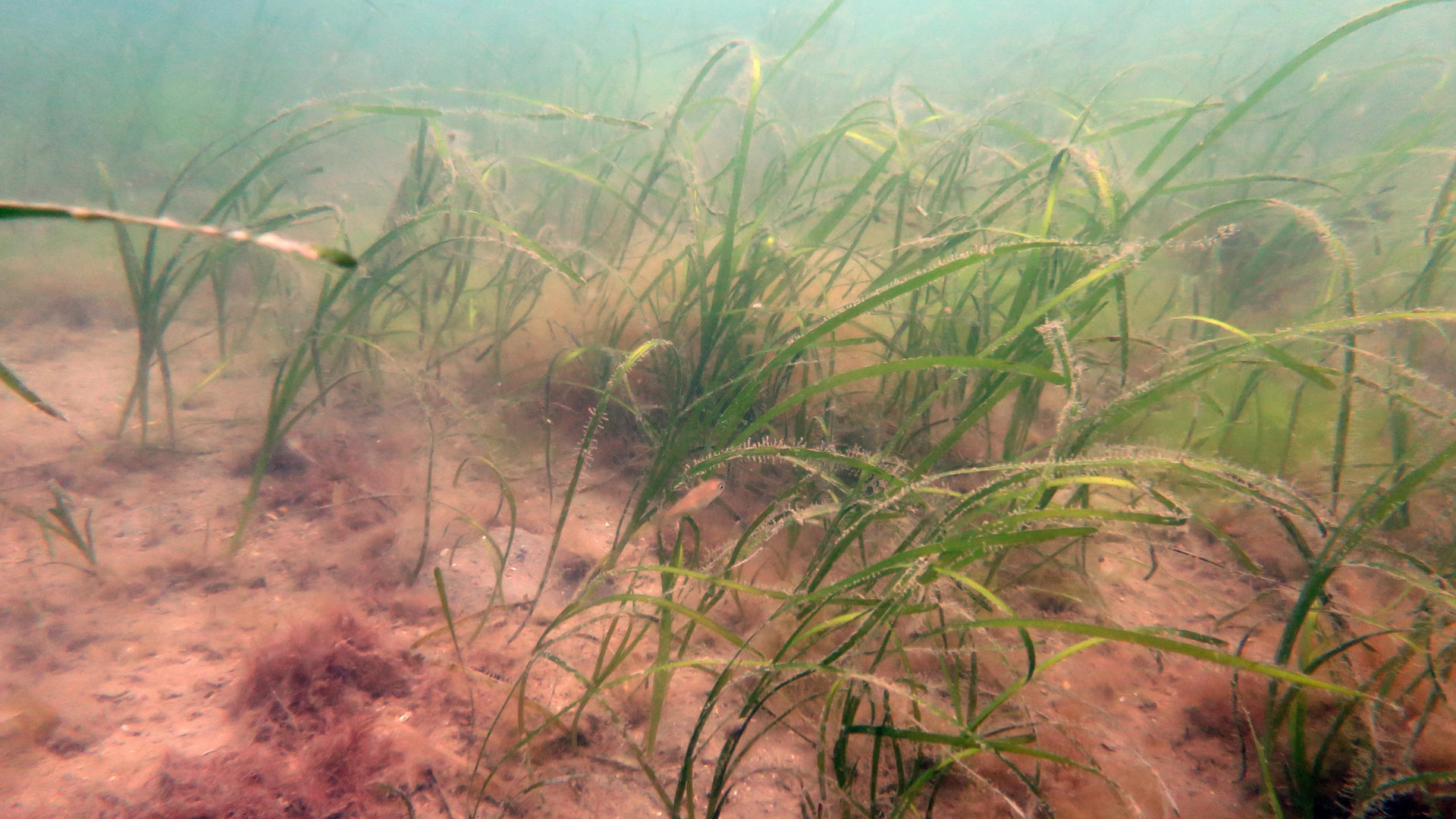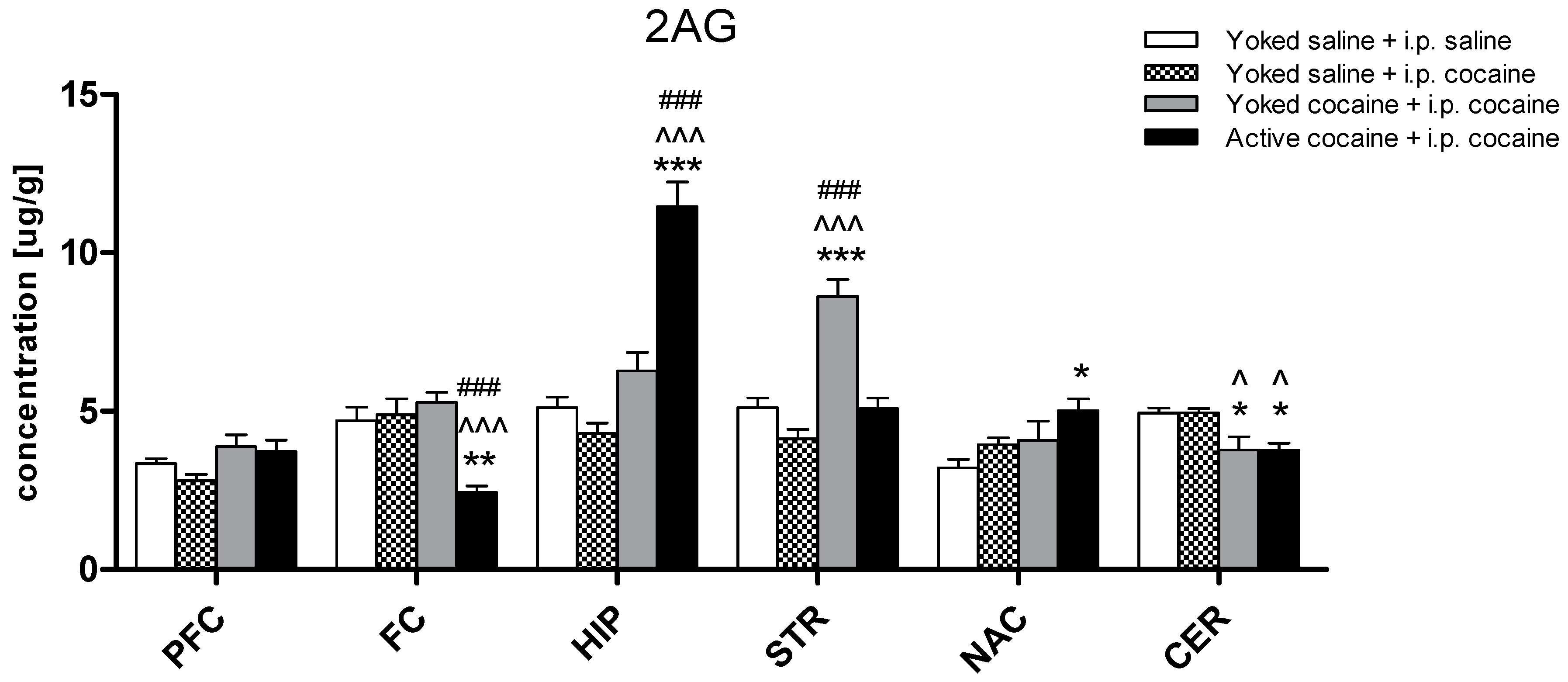Investing In Scotland's Future: Seagrass Restoration Through Planting Projects

Table of Contents
The Ecological Importance of Seagrass in Scotland
Seagrass meadows are often referred to as the "lungs of the ocean" and play a critical role in the health of Scotland's marine environment. Their importance can be understood through several key aspects:
Biodiversity Hotspots
Seagrass meadows are incredibly biodiverse habitats, supporting a vast array of marine life. They act as crucial nurseries for commercially important fish species like cod, haddock, and plaice, providing shelter and food. Invertebrates, such as crabs, shrimps, and worms, thrive within the seagrass, forming the base of the food web. Seabirds and marine mammals, including seals and dolphins, also rely on seagrass ecosystems for foraging and shelter.
- Increased fish stocks, boosting sustainable fisheries.
- Improved shellfish habitats, supporting shellfish industries.
- Protection of endangered species like the seahorse and various types of sea snails.
For example, the intricate root systems of Zostera marina, a common seagrass species in Scotland, provide refuge for juvenile fish, protecting them from predators and providing a rich feeding ground.
Carbon Sequestration and Climate Change Mitigation
Seagrass is remarkably effective at capturing and storing atmospheric carbon dioxide – a process known as "blue carbon." This makes seagrass meadows vital in mitigating climate change. Their ability to sequester carbon is significantly higher than that of terrestrial forests.
- "Blue Carbon" ecosystem services, contributing significantly to Scotland's climate change targets.
- Reducing Scotland's carbon footprint through natural carbon capture.
- Combating ocean acidification, a major consequence of increased atmospheric CO2.
Studies suggest that Scottish seagrass meadows could potentially sequester hundreds of tonnes of carbon dioxide annually, playing a critical role in achieving Scotland’s net-zero ambitions.
Coastal Protection and Erosion Control
Seagrass meadows act as natural buffers, reducing the impact of wave energy and protecting coastlines from erosion. Their dense root systems stabilize sediments, preventing coastal erosion and reducing the risk of flooding.
- Reduced coastal flooding risk, protecting coastal communities and infrastructure.
- Protection of coastal communities and infrastructure from storm damage.
- Improved water quality through filtration and nutrient cycling.
Areas like the Firth of Forth and the Moray Firth have seen the positive impacts of healthy seagrass meadows in protecting vulnerable coastlines and reducing erosion.
Challenges in Seagrass Restoration in Scotland
Despite their ecological importance, Scotland's seagrass meadows face numerous threats, making restoration efforts crucial:
Habitat Loss and Degradation
Significant portions of Scotland's seagrass meadows have been lost due to a variety of human activities and environmental changes.
- Pollution from agriculture and industry, introducing excess nutrients and harmful chemicals.
- Impacts of boat anchors, damaging seagrass beds through physical destruction.
- Destructive fishing practices, leading to habitat disturbance and damage.
- Effects of climate change, including increased water temperatures and more frequent intense storms.
Data from the Scottish Marine Institute highlights a significant decline in seagrass coverage over recent decades, emphasizing the urgency for restoration initiatives.
Funding and Resource Constraints
Large-scale seagrass restoration projects require substantial financial and logistical resources.
- Need for governmental funding and private investment to support restoration efforts.
- Challenges in recruiting and training volunteers for planting and monitoring activities.
- Logistical issues related to planting seagrass seedlings and monitoring the long-term success of restoration projects.
Securing consistent funding and developing effective collaborative partnerships are essential for overcoming these limitations.
Participating in Seagrass Restoration Projects in Scotland
There are many ways individuals and organizations can contribute to seagrass restoration in Scotland:
Volunteer Opportunities
Several organizations actively seek volunteers to participate in seagrass planting and monitoring initiatives.
- [Link to Organisation 1 Website] – Offers opportunities for seagrass planting events.
- [Link to Organisation 2 Website] – Coordinates citizen science projects for seagrass monitoring.
- [Link to Organisation 3 Website] – Focuses on community engagement and education related to seagrass.
Volunteer tasks typically include planting seagrass seedlings, collecting data on seagrass health, and assisting with monitoring surveys.
Supporting Organizations and Initiatives
Individuals and businesses can provide crucial support by donating to or sponsoring seagrass restoration projects.
- Financial donations to support research, planting, and monitoring activities.
- Material donations such as equipment, boats, or supplies.
- Corporate social responsibility initiatives partnering with seagrass restoration organizations.
Your contribution, no matter the size, directly supports the vital work of restoring Scotland's seagrass meadows.
Conclusion
Seagrass Restoration Scotland is essential for biodiversity, climate change mitigation, and coastal resilience. By understanding the ecological significance and the challenges faced, we can collectively contribute to a healthier marine environment. Whether through volunteering, donating, or raising awareness, your participation makes a difference in securing the future of Scotland’s seagrass. Get involved today and be a part of Seagrass Restoration Scotland!

Featured Posts
-
 Nhl First Round Playoffs What To Expect And How To Watch
May 04, 2025
Nhl First Round Playoffs What To Expect And How To Watch
May 04, 2025 -
 Investigating The Link Between Potent Cocaine And The Rise Of Narco Sub Trafficking
May 04, 2025
Investigating The Link Between Potent Cocaine And The Rise Of Narco Sub Trafficking
May 04, 2025 -
 Westbrooks Fit With The Nuggets Presidents Comments
May 04, 2025
Westbrooks Fit With The Nuggets Presidents Comments
May 04, 2025 -
 Eight Hours In A Tree A Migrants Struggle To Avoid Ice Detention
May 04, 2025
Eight Hours In A Tree A Migrants Struggle To Avoid Ice Detention
May 04, 2025 -
 Big Oils Production Stance Ahead Of Opec Meeting
May 04, 2025
Big Oils Production Stance Ahead Of Opec Meeting
May 04, 2025
